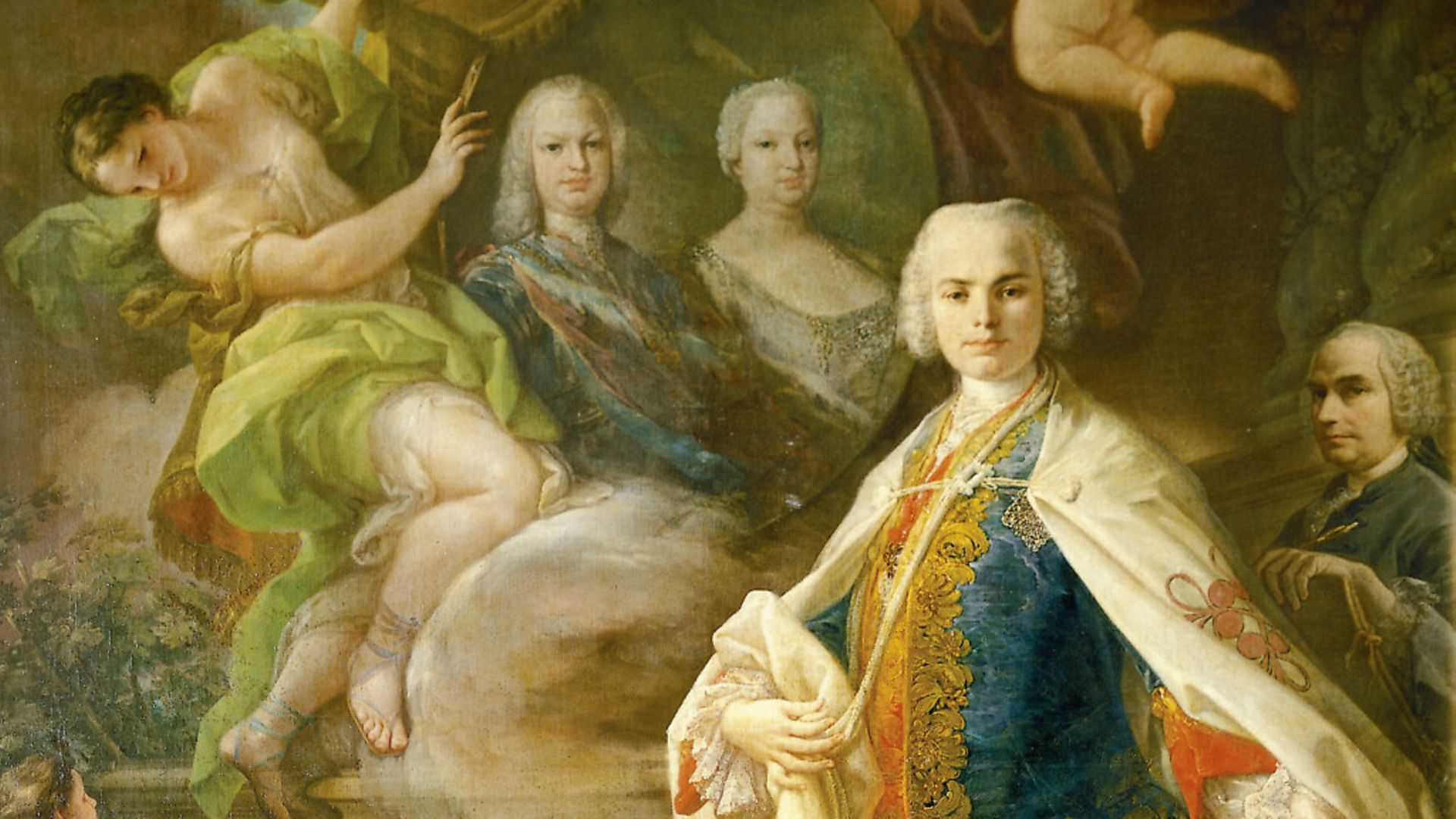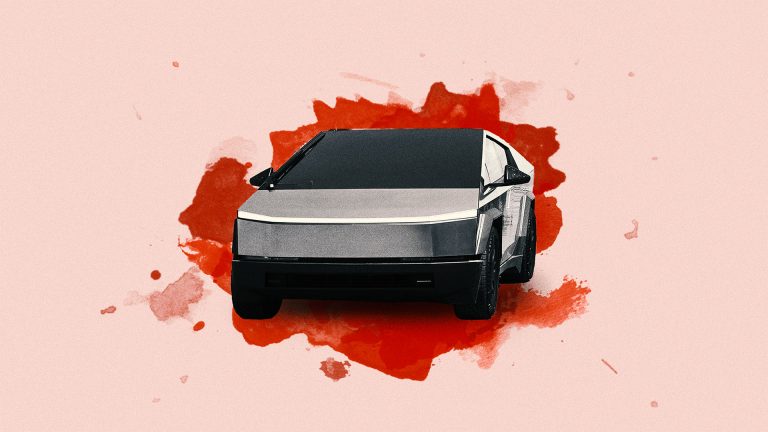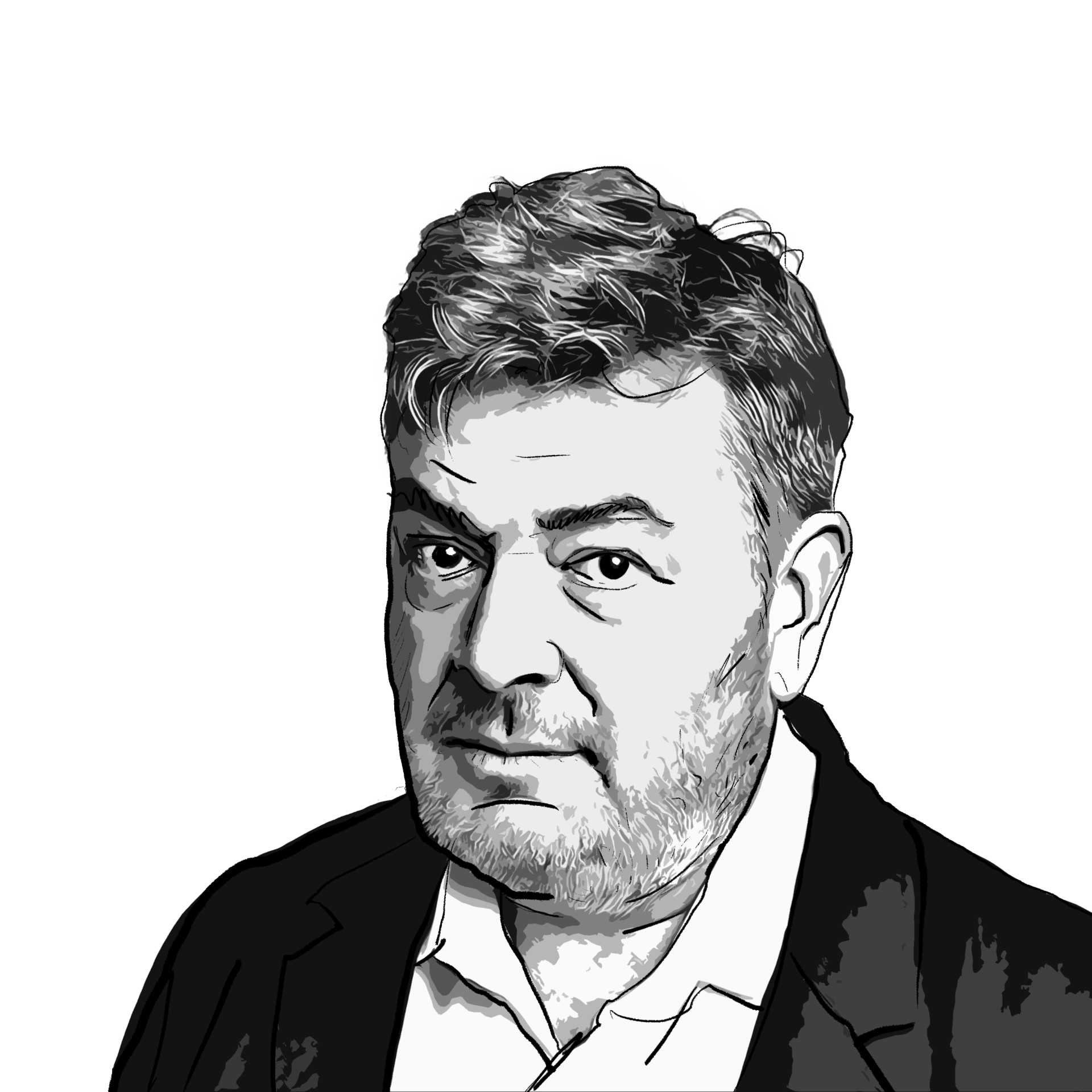
The castrato singer Farinelli was the undoubted superstar of an era in which musical advances were made not just with compositions, but instruments too. SOPHIA DEBOICK reports
In the 1730s Britain was alive with colonial ambition, making power plays for continued dominance in the world abroad, and in possession of thrusting cities at home. The country had enemies aplenty. 1731’s Treaty of Vienna saw European allegiances shift fundamentally, as the ‘stately quadrille’ of constantly changing political alignments of the early 18th century continued. Now that France and Spain stood in opposition to Britain and her ally Austria, the Anglo-French Alliance was over, with major implications for future conflict, and expansion into the New World further exacerbated tensions with Spain. On April 9, 1731, Captain Robert Jenkins was waylaid by Spanish coastguards in the Caribbean, having his ear cut off in the fracas, sparking a conflict between the two countries that would rumble on for two decades.
Meanwhile, in England’s seething capital, luxury and squalor existed side by side, as vividly portrayed in Hogarth’s Harlot’s Progress series of paintings, completed in this year. The larger-than-life grotesques of the series were more real than they seemed, being based on genuine London characters, from anti-prostitution crusader Justice John Gonson to famed madam Elizabeth ‘Mother’ Needham, killed by the crowd at the pillory that April. But while Britain’s claim to musical fame in this year was that the peerless Handel had made London his adopted home, it was in fact Italy that was setting the musical agenda in 1731 as its sons revolutionised the fundamental musical instruments of the Western tradition and became the most celebrated singers of the age.
The musical idol of the year was undoubtedly Carlo Broschi, otherwise known as Farinelli – the most famous castrato of the era. Undergoing the brutal process of castration in childhood, castrati gained an almost supernatural singing ability and imposing physical presence. Often androgynously beautiful and unusually tall due to their hormonal peculiarities, castrati possessed a female’s range with male lung power, giving them the ability to achieve ornate vocal ornamentation.
Farinelli was just 26 in 1731 and had already enthralled courts and popular audiences across Europe with his ethereal soprano voice – his superstar status was well confirmed. Handel, who had long recognised the pulling power of castrati, writing three significant roles for them into Rinaldo and making the castrato Senesino primo uomo at his Royal Academy of Music, had tried to lure Farinelli to work for him in London when they found themselves in Venice at the same time early the previous year.
That the singer could afford to turn Handel down due to worries about what the English climate would do to his voice proved Farinelli was at the top of his game in 1731.
Farinelli spent his year performing engagements in Bologna, Fano, Milano and Ferrara, as well as appearing in Turin for the carnival season. There he starred in two earlier operas by the librettist Metastasio – Ezio, in a setting by his brother Riccardo, and Poro, with music by his voice teacher and mentor Nicola Porpora. But it was his visit to Vienna that year, where he was received by the Holy Roman Emperor, that made 1731 a turning point for him. The emperor reportedly told Farinelli: ‘You have, hitherto excited only astonishment and admiration, but you have never touched the heart; it would be easy to you to create emotion, if you would but be more simple and more expressive!’ Farinelli took this to heart, and he exchanged vocal fireworks for feeling, a talent he would later put to significant use at the Spanish court.
The surgically-enhanced extreme youthfulness of Farinelli belied the fact that those of advanced age were also making key contributions to music in this year. At 87 years old, Antonio Stradivari was still making stringed instruments in the attic workshop of the Cremona home he had lived in for half a century.
While his best had been made in the first two decades of the century, in 1731 he made one of the only 13 surviving violas from his hand, and it was destined to have some illustrious owners. A century after it was made, Paganini, the most famous violinist of all time, bought the viola with proceeds from a series of farewell concerts at the Royal Opera House and its astonishing timbre inspired him to commission Berlioz to write a piece for it.
Berlioz’s symphonic poem Harold in Italy was the result, and from 1892 the viola was owned by Berlin banker Robert von Mendelssohn, a relative of Felix Mendelssohn. Duly christened the ‘Paganini, Mendelssohn’, the instrument was one of the four formerly Paganini-owned Stradivariuses collected by New York instrument dealer Emil Herrmann in the 1940s to form the Paganini Quartet.
This set of instruments would be loaned to several quartets down the years, most recently the Quartetto di Cremona, returning them to the place they were made. Since the violin that was the cherished favourite of French violin virtuoso Rodolphe Kreutzer, valued at up to $10 million by Christie’s in 2014, was also made in 1731, it was a key year for Stradivari’s art, proving that age could not dim true skill.
While Stradivari wasn’t yet finished setting the standard for Western instrumentation, another instrument maker bowed out. Bartolomeo Cristofori left behind an incredible legacy when he died at the end of January 1731, having effectively invented the piano. Appointed keeper of the instruments of Florentine Grand Prince Ferdinando de’ Medici in 1688, Cristofori had come up with the Arpicimbalo (a harpsichord-like instrument) by the end of century.
An inventory of court instruments dated 1700 described it as an instrument che fa’ il piano, e il forte (‘that produces soft and loud’) – thus the pianoforte was born. Cristofori’s ingenious technical mechanisms had shifted the sound of the harpsichord, allowing the instrument to respond to the force with which the player struck the keys, making it an instrument that could speak with feeling. The following year, German master keyboard instrument-maker Gottfried Silbermann would make his first piano and the first music written specifically for the piano – 12 sonatas by Lodovico Giustini – was published in Florence, containing instructions for nuanced expressions which went far beyond the harpsichord’s emotional range.
Music would never be the same again.
Across Europe the great composers of the time were encountering a changing landscape of musical fashions. A middle-aged Vivaldi had returned to his birthplace of Venice the previous year, proclaiming his intention to stay there for the rest of his life, but he would premiere two operas at the theatre of Count Franz Anton von Sporck in Prague in the 1730-31 season, before beginning work on La Fida Ninfa for the opening of Verona’s Nuovo Teatro Filarmonico in January 1732.
While he was at his professional prime in the late-1720s, Vivaldi found his style of opera fast falling out favour by the early 1730s and he would die penniless within a decade. Meanwhile, Handel too was at the start of a downturn. A revival of Rinaldo at the King’s Theatre, Haymarket made it the most-performed of his London operas but, as tastes changed rapidly, the work wouldn’t be performed again for a staggering two centuries.
Bach was having a better time of it, well ensconced in his position as musical director at St. Thomas Church, Leipzig. His St Mark Passion was premiered there on Good Friday, but the music has since been lost. While the libretto reveals the work was a patchwork of previous compositions, allowing almost complete reconstruction of the piece, the gaps continue to tantalise music-lovers.
Conflict lay in the future, both for European powers and those in the highest echelons of the music world. Captain Jenkins’ unfortunate experience in the Caribbean became a cause célèbre and exploded into the vividly-named War of Jenkins’ Ear in 1739 as the British government tried to show its might versus the Spanish.
French support for the Spanish would see the conflict meld into the War of the Austrian Succession and the long-term efforts of European states to maintain a balance of power would finally fail.
Musical battles, meanwhile, had been fought in London as, having resisted Handel’s overtures, Farinelli instead risked the weather to sing at Nicola Porpora’s Opera of the Nobility, set up in 1733 as a direct rival to Handel’s Royal Academy of Music. Senesino, having fallen out with Handel, also joined the rival company. But as Farinelli later made use of his newly-discovered more expressive delivery at the court of the King Philip V of Spain, whose chronic depression was alleviated by the tender beauty of his singing, 1731 was a year that proved the power of music to move emotionally, transcending the earthly concerns of power and rivalry to conquer all.
• Listen to the Spotify playlist by clicking here or search New European 1731











